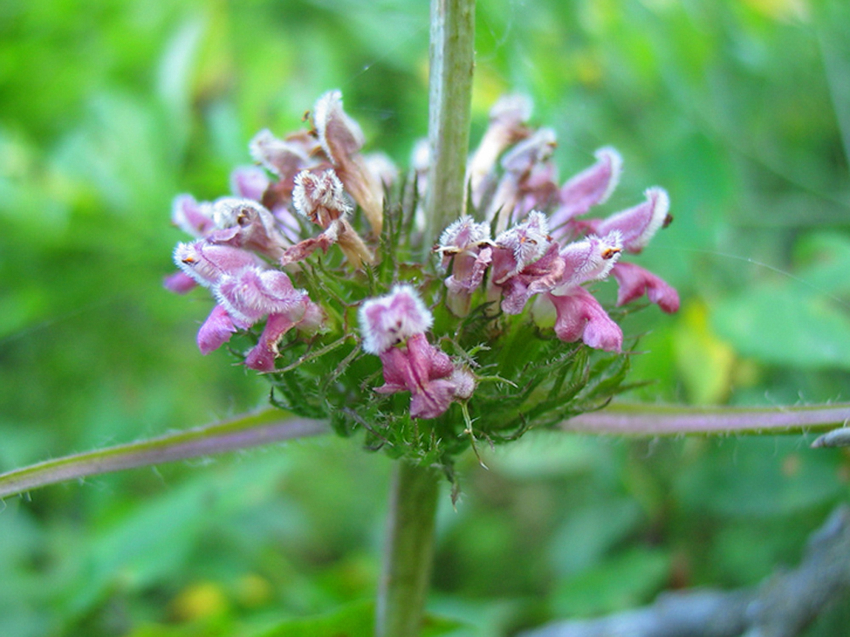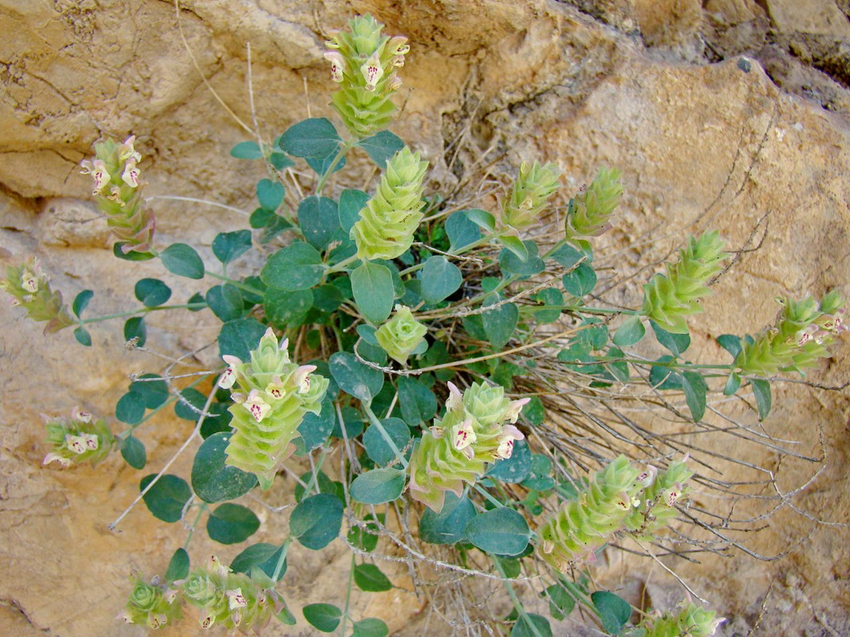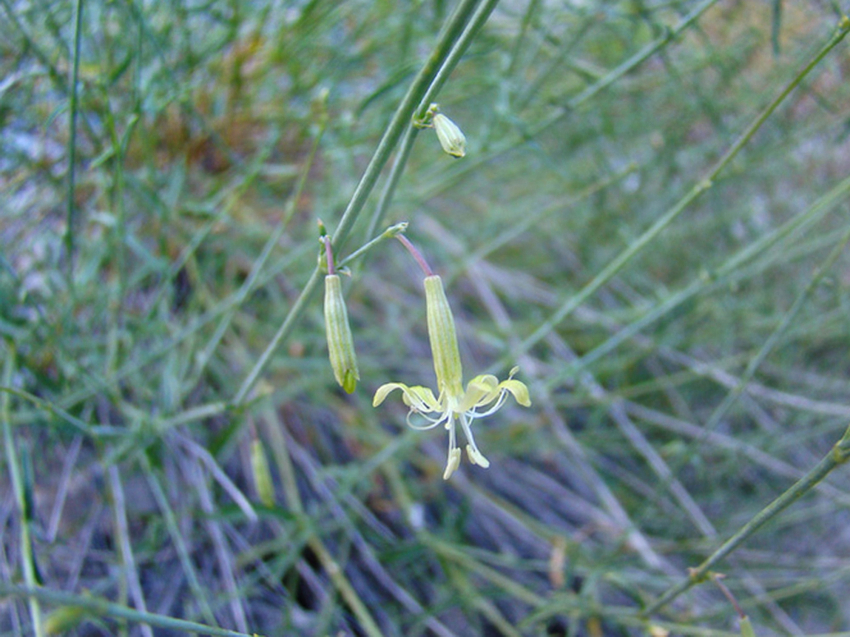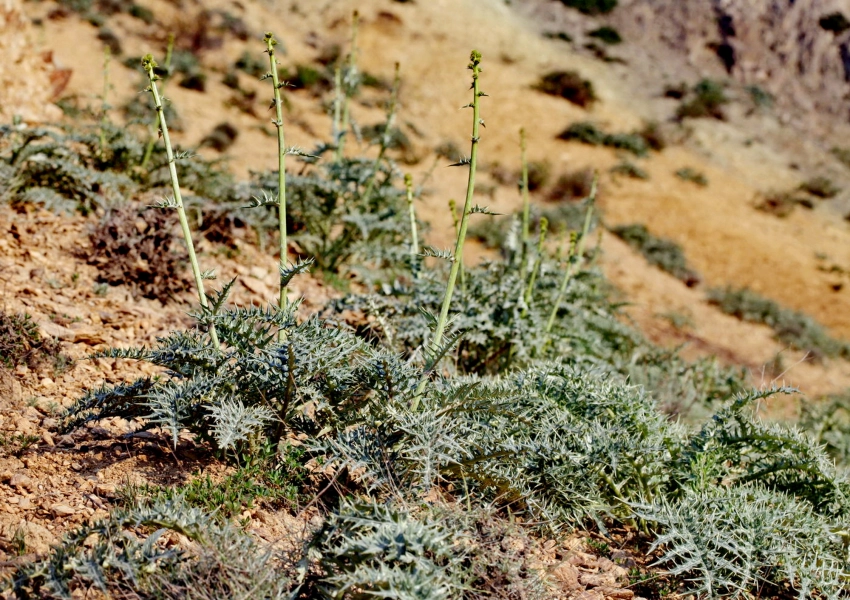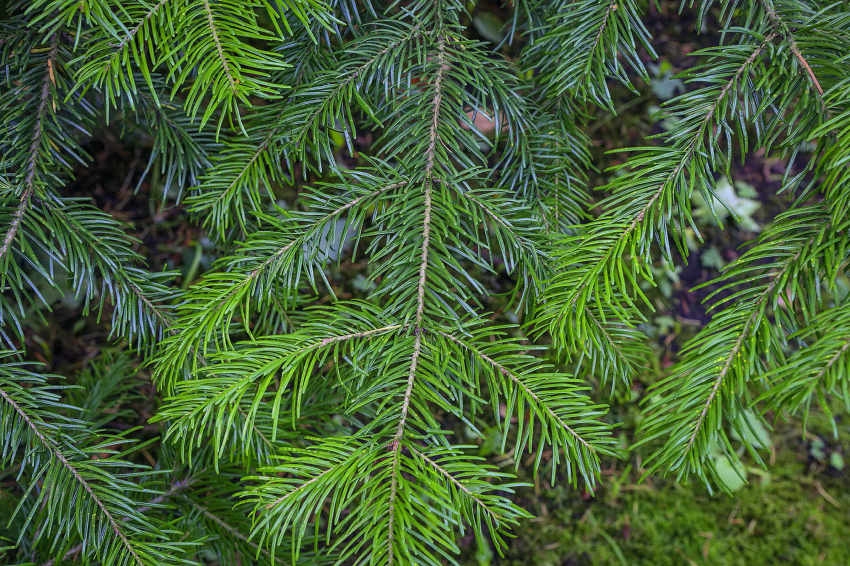RED BOOK: KGZ14 Key Biodiversity Area Kurp-Sai
The species that initiated the allocation of KBA [and other species under threatened with global extinction, which are present in the KBA, but which have not been confirmed to meet the global KBA criteria]: Plants: Cousinia abolinii, Phlomoides adylovii, Phlomoides kurpsaica, Scutellaria andrachnoides, Silene fetissovii.
Phlomoides Kurpsai (Phlomoides kurpsaica)
Genus (Phlomis), numbering about 100 species of herbaceous plants, is included in the Lamiaceae family (Lamiaceae, or Lamiaceae) The Latin name of the genus - Phlomis - comes from the word "flame". This is due to the fact that in stale leaves the plants curl up and are used as wicks for oil lamps.
Biological description of the genus. Perennial subshrubs or shrubs with lanceolate or oval entire leaves. The flowers are two-lipped, in false whorls, forming a common spike-shaped inflorescence, the corollas are pink or purple, sometimes yellow.
Flowering in mid-summer.
Interesting Facts: Plants of the Lamiacea family are successfully used in the treatment of many diseases due to the content of a large number of biologically active compounds in their composition.
Photo source:
Phlomoides Adylov ( Phlomoides adylovii)
A species of dicotyledonous plants of the genus Phlomoides of the Lamiaceae family. It was first described by the botanist Georgy Anatolyevich Lazkov in 2004. The specific epithet is given in honor of Tishabay Adylov, an Uzbek botanist, researcher of the Phlomoides genus (Ognevik genus in Russian).
Spreading: Endemic to Kyrgyzstan.
Botanical description:
Hemicryptophyte - a plant in which, during a period of the year that is unfavorable for vegetation, renewal buds remain at ground level. Buds can be protected by scales, and in winter by dead leaves and snow cover.
Perennial herbaceous plant 0.7-1 m high.
The stem is simple, glabrous, straight.
Leaves pubescent; the upper leaves are ovate or broadly lanceolate, the lower ones are ovate.
The inflorescence consists of three whorls with a large number (more than 50) flowers with a tubular calyx and a pink pubescent corolla.
Close to the species Phlomoides alaica, from which it differs in wider leaves, multi-flowered whorled inflorescence and pubescence of the calyx.
Photo source:
Scutellaria andrachnoides
Status: VU. The rarest rock species, narrowly endemic for a small section of the Naryn canyon. Decorative plant.
Description Subshrubs with a large number of ascending or erect, thin, simple stems 4-12 cm in height, gray from dense pubescence of the smallest hairs. Stem leaves in two pairs, 0.5-1.5 cm long and 0.3-1.3 cm wide, broadly ovate, with a heart-shaped or rounded base, obtuse, entire, bluish-green from dense pubescence of the smallest hairs, dense, leathery. Bracts 0.5-1 cm long, 2.5-6 mm wide, broadly or narrowly ovate, almost membranous. Apical inflorescences up to 2 cm long, ovate-oblong, dense; the lateral ones, located in the axils of the upper leaves, are shorter, 1 cm. The calyx is shortly hairy and glandular, 2 mm long, fine in texture, slightly enlarged with fruits. The corolla is small, about 1 cm long.
Biological features: Blooms until IX. Seed reproduction.
General spreading and in the country: Grows along the Naryn River in the foothills of the Kyrgyz part of the Ferghana Valley.
Places of growth: Rocks in the lower belt of mountains.
Quantity: Very insignificant.
limiting factors: Various chores and flower picking reduces renewal and inventory.
Cultivation. No information available.
Existing protection measures: Listed in the Red Book of the USSR (1984), the Red Book of the Kirghiz SSR (1985). Special measures have not been developed.
Protective measures are recommended: It is necessary to clarify the state of the populations and allocate protected areas in places of greatest concentration.
Photo source:
Silene Fetissov (Silene fetissovii)
Silene is a flowering plant of the Clove family (Caryophyllaceae).
Botanical description of the genus:
Annual or perennial herbs, rarely subshrubs. Stems erect or ascending, branched.
The leaves are opposite, sessile, lanceolate, linear, spatulate, ovate or ovate-lanceolate. Leaves and stems glabrous or hairy, glandular-pubescent.
Flowers are monoecious or dioecious, in dichasia collected in common paniculate or spike-shaped inflorescences, sometimes solitary; calyx cleft; corolla white, greenish, pink or purple, often with a rim; five petals; ovary usually with three columns. Bloom from May to autumn. Plants usually quickly complete the development cycle and produce a large number of seeds.
The fruit is a three-celled capsule. In 1 g up to 2200 seeds.
Plants of the genus Silene have a sticky resinous substance called "sticky snares" into which small insects fall.
Interesting Facts: Many types of Silene are used in folk medicine. Some of the species are decorative.
In English, Silene a is called a flycatcher. In Russian, depending on the type, it is a cracker (by the type of inflorescence) and a nap. The latter name is consistent with the use of decoction from this plant by the Xhosa people of South Africa. They collect Silene flowers that blooms under the full moon, take its extract and see strange dreams.
Photo source:
Cousinia Abolin (Cousinia abolinii)
The species belongs to the genus Cousinia (lat. Cousinia)
Botanical description of the genus: Cousinia (lat. Cousinia) is a genus of plants in the Asteraceae family. The genus is named after the French philosopher and historian Victor Cousin. These are biennial, more often perennial herbs or shrubs with entire, pinnately dissected or lyre-shaped leaves, basal leaves are usually different from stem leaves, often in a rosette; stems simple or branched.
Photo source:
Interesting facts about the genus Cousinia: In Uzbekistan, Cousinia umbrosa Bunge is introduced into cultivation in the lower part of the mountain semi-desert, as a new fodder, honey and oil plant.
Source of information: BIOLOGY OF SEEDS OF CUSINIA SHADOW (COUSINIA UMBROSA BUNGE)

